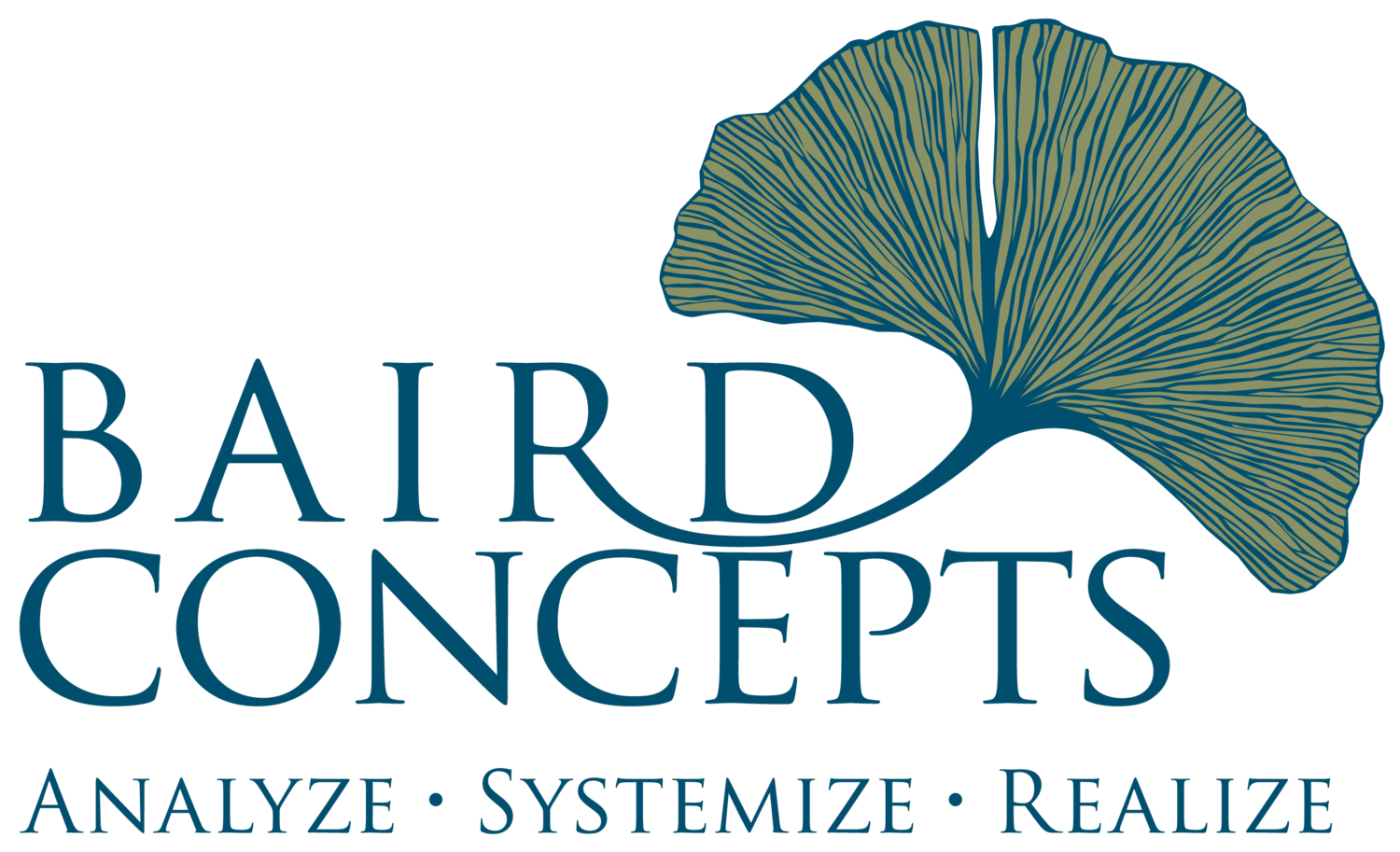5 Steps to Empower Your Dental Employees
You can spot disengaged dental employees a mile away.
You can see it in their body language and hear it in their voice. They may appear mechanical, bored, and do no more than is absolutely necessary to keep their job.
Such a waste!
Unfortunately, this issue is prevalent across much of our modern workforce. In fact, research giant Gallup has found that globally, 85% of employees are disengaged in the workplace, and they under perform as a result. The dental industry is not immune! Your practice is not immune!
Furthermore, the biggest impact, of course, is the bottom line.
That’s why it’s so important to create an organized, strong, and united front with your dental team. They look to you for leadership, so empowering them to thrive in their jobs should be your number-one priority.
Clarity will help your team take ownership of their roles
It all starts when you establish clear, inspiring goals and expectations for each of your dental employees. Doing this will inspire them and set them on the path to being more than just employees – with your inspiration, they can become fully engaged team members.
In fact, human-resource research has proven for years that the number-one thing your employees want from you is a set of clear goals and expectations. Remember, they can’t read your mind!
Goals and expectations must be written and regularly read. Every operating system in your practice should contribute to their fulfillment. Team members will feel valued and connected, knowing someone cares about what they think and how their contributions make a difference in the quest to achieve the practice’s goals.
Stands to reason, right?
So let’s take a look at some key areas where you can help boost your team’s effectiveness:
#1 – Set the structure for success
Without an organized, systemized “this is the way we do things around here,” you risk varying levels of disengagement and disorganization. And this reflects poorly to patients. When each dental employee knows how – and why – things are done, it anchors them to a steadfast foundation from which they can flourish (they make better decisions, they can adequately shoulder more responsibility, they can really help you instead of simply doing what they are told). Remember, your operating systems should always begin with patient-centered industry-proven best practices, which can be tweaked for your specific practice.
#2 – Let your systems be the boss so you can be the dentist and leader!
Employee-centered systems are extremely tempting for you and your team to default to, but damaging to your patient reviews and practice’s bottom line.
When tweaking best practices, be sure and involve the entire team. Every dental employee has a different role and perspective that must be considered in order to produce successful operating systems. Engaging them in this manner emphasizes their value and contributions, encouraging them to take an “ownership” role in your practice instead of defaulting to the role of spectator.
#3 – Train to move with the times
Technological and industry advancements are ever-changing, so it’s important you choose the right ongoing continuing education for your dental employees. Give them opportunities to attend or host seminars, webinars, or bring outside expertise to your practice for personalized training – whatever it takes to help them stay current. A great byproduct of this is growing confidence in their roles, higher performance levels, and increased patient satisfaction, which means more Google stars. It also demonstrates to them that you are not satisfied with mediocrity or stagnation.
Make continuous learning part of your purpose statement or ultimate goal.
#4 – Meet as a Team Regularly
Frequent team communication is essential to engaging your dental employees and transforming them into productive team members. This is the key area where you can make the most impact. Foster an atmosphere of empowerment – in other words, a “safe place” – where people can voice their concerns, share feedback and bring their expertise to the table. Meet daily at your morning huddle, weekly or monthly to make sure everyone’s voice gets heard, issues and problems are resolved, and systems are reviewed and revised. Make it fun, too. Laugh together. It all helps grow teamwork, camaraderie, and the bottom line.
#5 – Measure and Reward
If there is no scoreboard, how do you know if you are winning or losing the game? The same is true with your practice. Without monthly measurements and team reviews, how do you and your team know if you are winning your game? You don’t. How do you fix a problem if you don’t know where the problem lies? You can’t. How do you plug a financial leak if you don’t know where there is a leak? You can’t. Who wants to work harder and cope with change if there is nothing it in for them? Very few. Systemized Monthly Measurement Meetings and Employee Performance Reward Systems engage and motivate everyone.
Effectively implementing the steps above lead you to developing what is known in the business world as a Self-Managed Team. Over 50 years of research has shown Self-Managed Teams as having these advantages:
A higher level of buy-in and engagement from employees
Less employee turnover
Improved customer service (and Google stars)
More referrals
A lower level of managerial responsibility
An estimated higher production/performance rate anywhere from 30-50%
Think about it: The more you empower your team of dental employees by giving them a voice and allowing them to take ownership of their roles, the less time and effort you’ll spend putting out fires, micromanaging, and mopping up messes!

